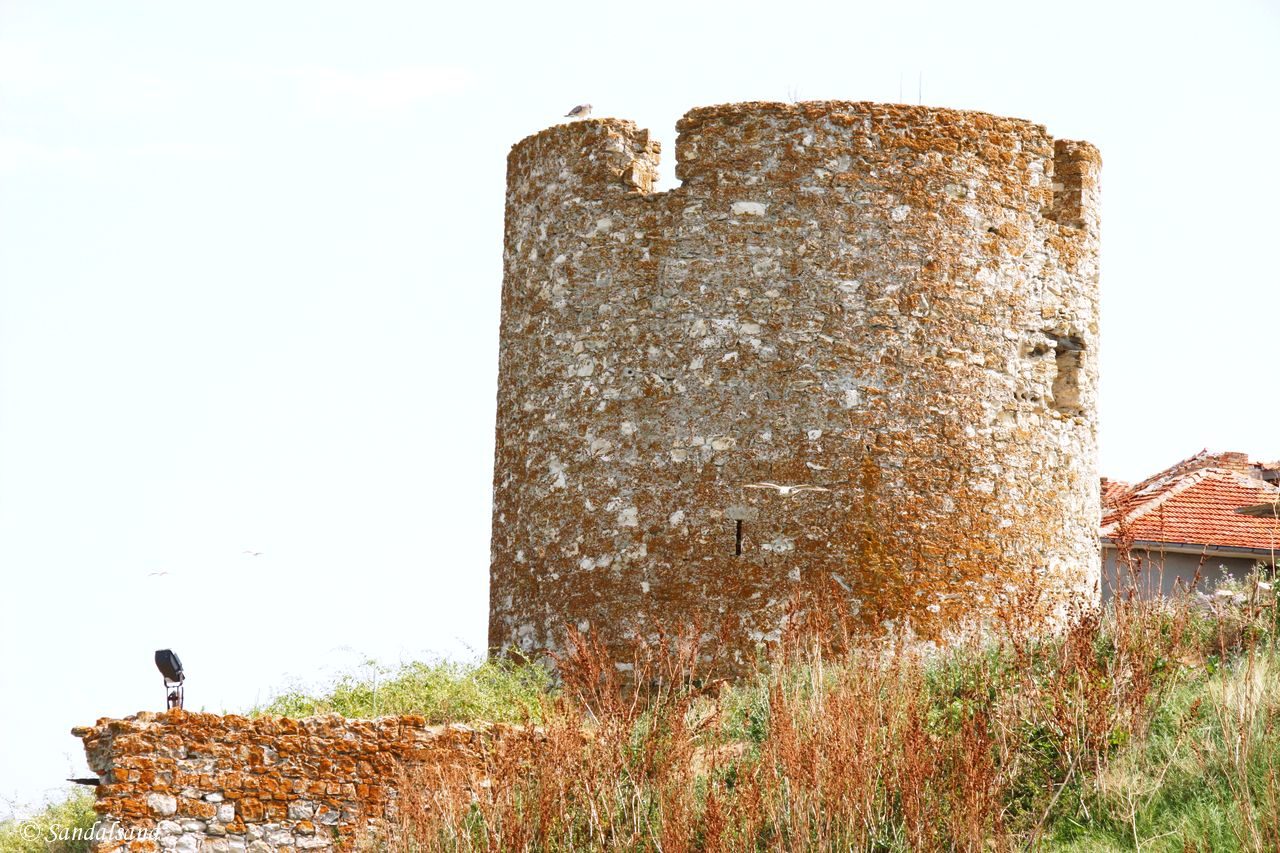The ancient city of Nessebar was an important town. Today it has a few interesting buildings, but the burden of tourism seems almost too much to cope with.
The UNESCO World Heritage List includes more than a thousand properties with outstanding universal value. They are all part of the world’s cultural and natural heritage.
Official facts
- Full name of site: Ancient City of Nessebar
- Country: Bulgaria
- Date of Inscription: 1983
- Category: Cultural site
UNESCO’s World Heritage Centre’s short description of site no. 217:
“Situated on a rocky peninsula on the Black Sea, the more than 3,000-year-old site of Nessebar was originally a Thracian settlement (Menebria). At the beginning of the 6th century BC, the city became a Greek colony. The city’s remains, which date mostly from the Hellenistic period, include the acropolis, a temple of Apollo, an agora and a wall from the Thracian fortifications. Among other monuments, the Stara Mitropolia Basilica and the fortress date from the Middle Ages, when this was one of the most important Byzantine towns on the west coast of the Black Sea. Wooden houses built in the 19th century are typical of the Black Sea architecture of the period.”
My visit
I paid Nessebar (sometimes written Nesebar) a visit in 2010 during a summer vacation on the Bulgarian Black Sea coast. I concluded that the town “deserves its place on the World Heritage List. This ‘Pearl of the Black Sea’ was really nice to walk around in, even though the crowds were huge and the heat under the sun quite oppressive. ”
I do feel tempted to advise the relevant authorities to regulate commercial activities more. The restaurants and shops seemed to some extent to draw more attention and “noise” than the town itself. Is this preservation?
Browse to the PREVIOUS or NEXT post in this series.


